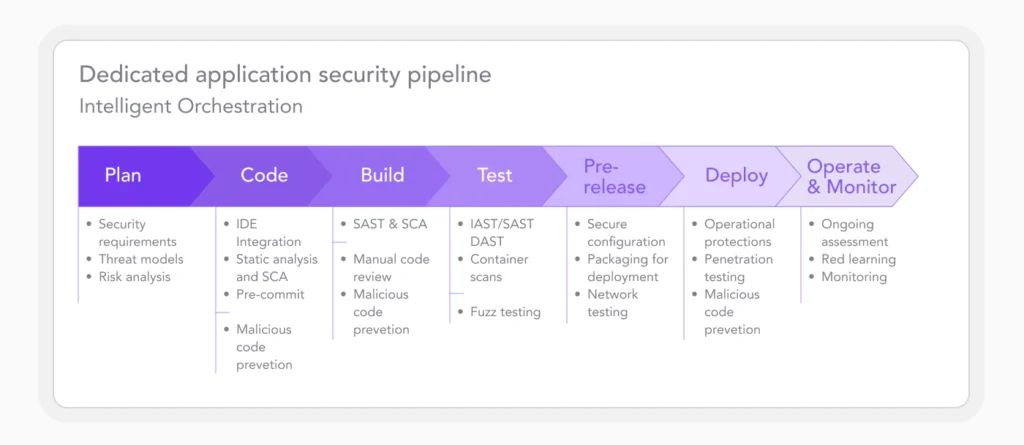Fuzzing is a dynamic testing technique that systematically feeds unexpected or random inputs into a target program to identify crashes, memory corruptions, and other vulnerabilities. In the context of firmware testing, fuzzing helps uncover issues that might not be visible through static analysis or manual testing.

What is Fuzzing?
Fuzzing involves automatically generating a large number of test cases and sending them to a program or system under test. By observing how the software reacts—whether it crashes, produces errors, or behaves unexpectedly—security teams can identify potential vulnerabilities.
- Inputs: Data that is fed into attacker controlled channels.
- Mutation: Modifying inputs in various ways to explore edge cases.
How Fuzzing Works
- Input Generation: Fuzzers automatically generate random or mutated inputs designed to trigger unexpected behavior in the target firmware.
- Execution & Monitoring: The firmware is executed in an emulated environment (or on real hardware), and its behavior is monitored for crashes or anomalies.
- Feedback Loop: Coverage data and execution results are analyzed to refine input generation, focusing on unexplored code paths.
- Result Analysis: When a crash or error is detected, detailed reports (including stack traces, register states, and memory dumps) are generated to aid in root-cause analysis.
Where Fuzzing Fits in Enterprise Security Tools
Fuzzing is an essential component of a comprehensive security testing strategy. It complements other tools and practices by:
- Filling the Gaps: While static analysis (SAST) and manual code reviews can detect many issues, fuzzing tests the software dynamically under unpredictable conditions, uncovering flaws that only manifest during execution.
- Shifting Left: Integrating fuzzing into the CI/CD pipeline enables early detection of vulnerabilities during development, reducing remediation costs and improving product security.
- Supporting Compliance: Many industry standards (e.g., ISO/SAE 21434 for automotive, FDA cybersecurity guidance for medical devices, DO-326A for aviation) require thorough security testing. Fuzzing provides the dynamic testing evidence needed to meet these requirements.
- Complementing Other Security Tools: Fuzzing works alongside vulnerability scanners, penetration testing tools, and continuous monitoring systems (like SIEM) to provide a layered approach to cybersecurity.
Benefits of Fuzzing
- Discover Unknown Vulnerabilities: Fuzzing often uncovers previously unknown bugs, including subtle memory corruptions and logic errors.
- Automated and Scalable: Modern fuzzers can run continuously, processing millions of test cases with minimal manual intervention.
- Actionable Reports: Detailed crash reports and automated root-cause analysis help development teams quickly understand and remediate vulnerabilities.
- Low Barrier to Entry: With tools like Metalware, you don’t need custom test harnesses or source code modifications—just feed in your firmware and let the automated process begin.
Fuzzing with Metalware
Metalware is engineered specifically for microcontroller firmware and embodies these fuzzing principles:
- Fully Automated: No need to create custom test harnesses, modify code, or instrument the firmware. Metalware rehosts the firmware in a controlled emulation environment automatically.
- Low-Level Fuzzing: It operates directly at the register and interrupt levels, simulating hardware events and peripheral interactions to trigger edge-case behavior.
- Hybrid Fuzzing Engine: By combining coverage-guided fuzzing with concolic execution, Metalware is able to navigate complex boot routines and solve input constraints that are typical in embedded firmware.
- Performance: Its parallelized approach means that multiple fuzzing campaigns run concurrently, delivering actionable results much faster than traditional methods.
- Integration: Metalware easily integrates into CI/CD pipelines, ensuring continuous security validation as part of your regular development process.
